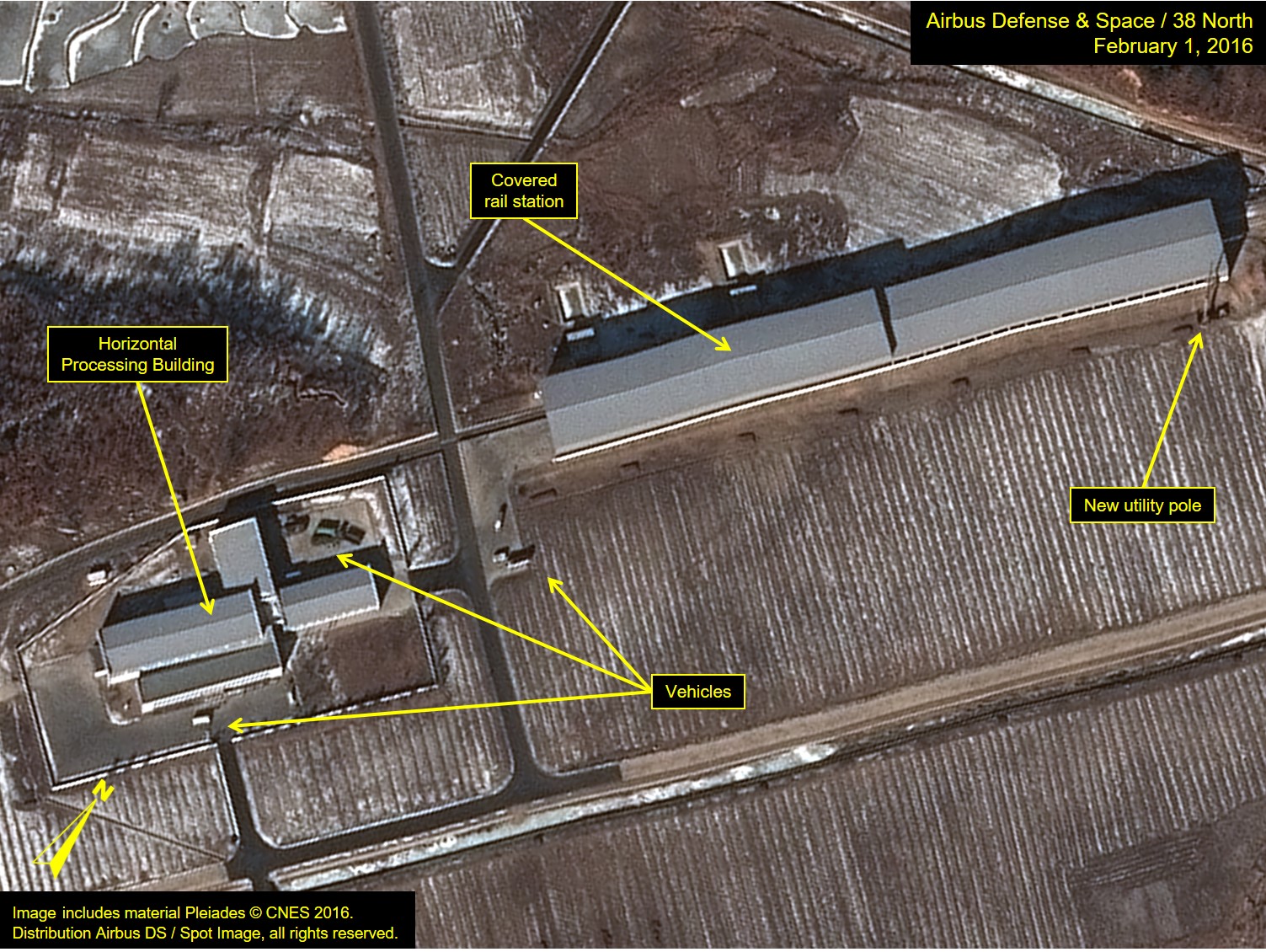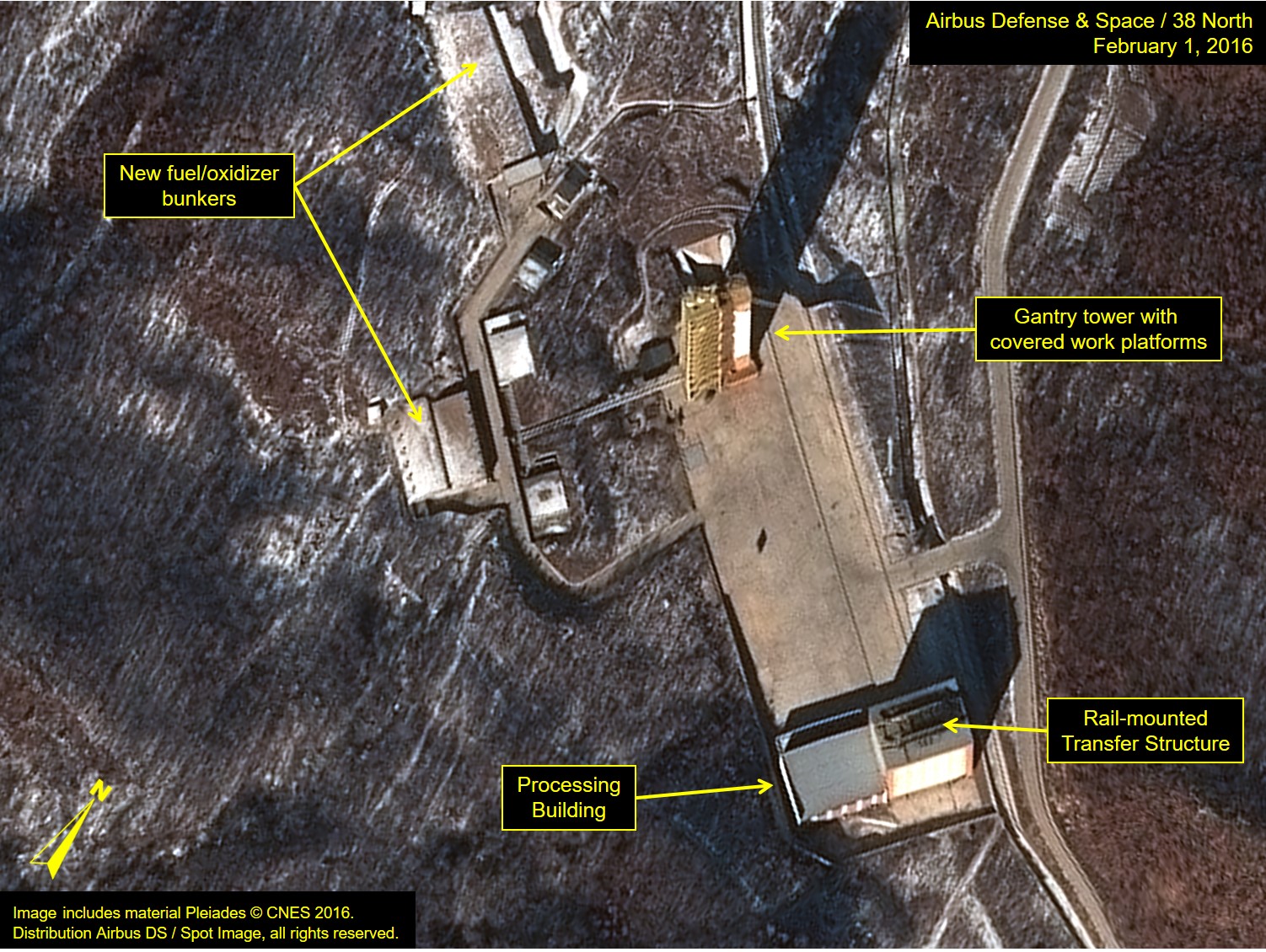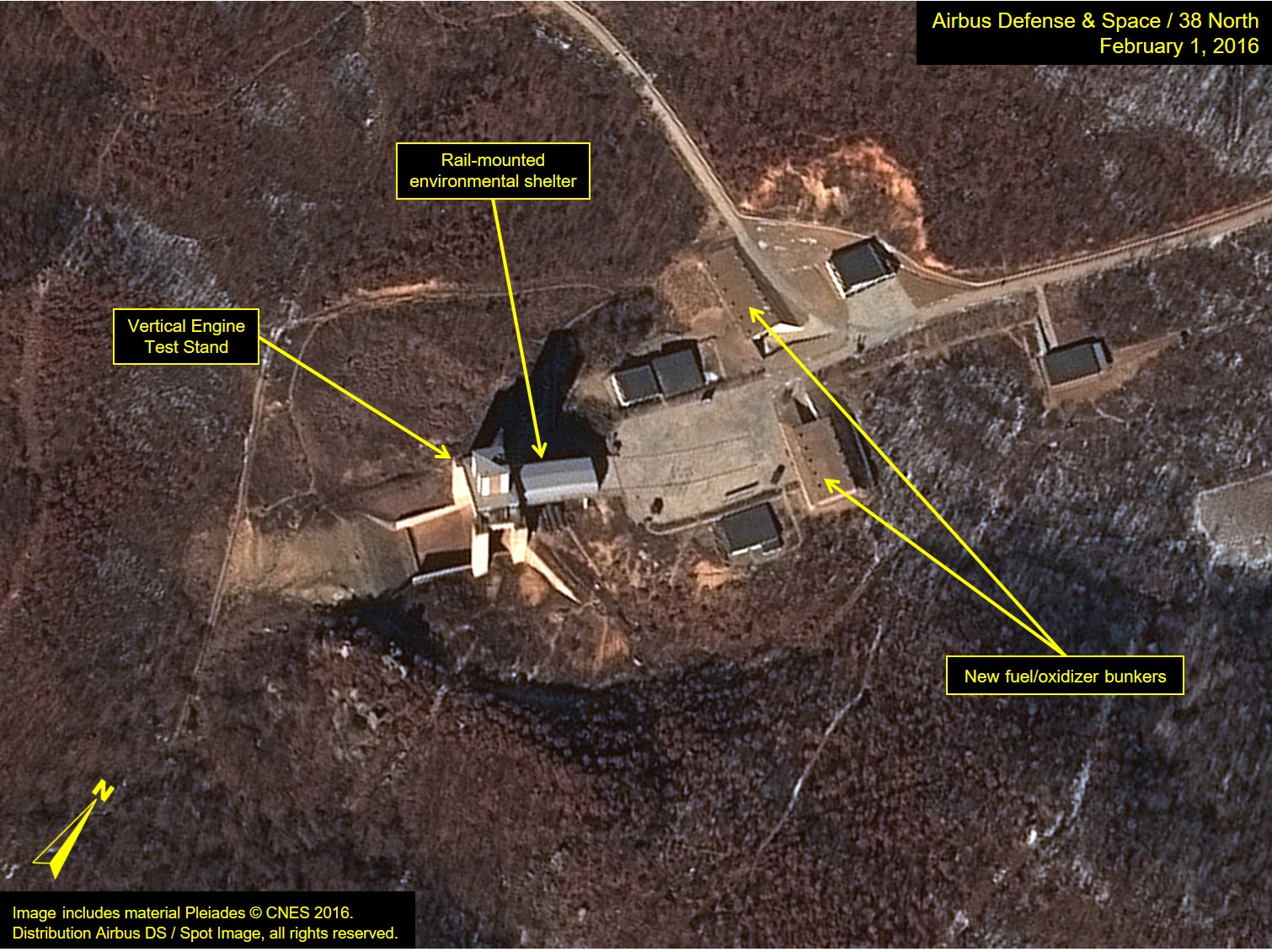Denying The Islamic State Access To Money-Exchange Houses
Energy: Regional regulators must take steps, as the Iraqi Central Bank has done, to wall off their financial systems from unlicensed or loosely regulated money remitters vulnerable to exploitation by the Islamic State.
This week, the entity known as the Foreign Ministers of the Small Group of the Global Coalition to Counter ISIL/Da’esh met in Rome to assess the coalition’s work and accelerate its efforts to degrade and ultimately defeat the Islamic State. In a statement, the ministers stressed that they “are determined to keep ISIL/Da’esh cut off from the international financial system [and] to disrupt its economic and financial infrastructure.” Making good on this pledge requires tackling the group’s access not only to banks but also to remittance providers such as exchange houses, which play an important role in the local economies and are more difficult to regulate. In December, the Central Bank of Iraq took action against nearly 150 Iraqi money-exchange companies — most, but not all, in Islamic State-controlled areas — showing how U.S. and regional regulators, along with other coalition partners, can join forces to isolate the group from the international financial system.
BACKGROUND
Given the Islamic State’s 2014 budget of roughly $2 billion, U.S. Department of Treasury officials have called the group’s ability to draw revenues from its own territory “unprecedented.” The sources of funds include between $500 million and $1 billion seized from bank vaults as the Islamic State gained territory (a onetime take), hundreds of millions a year from taxation and extortion, and tens of millions a month from oil sales, among other sources. While the Islamic State derives most of its income from the territory it controls, denying the Islamic State the ability to use bank branches and exchange houses in its territory to make and receive international transfers — to access foreign currency, procure goods, and finance foreign fighters and potentially foreign affiliates — is a critical part of isolating the group.
Military strikes have played an increasingly important role in degrading the Islamic State’s ability to derive income from resources in the territory it controls. Furthermore, given that the Islamic State derives most of its income from natural resource extraction and extortion directed at commercial activity, territorial losses will have a direct impact on the organization’s bottom line. Recently, airstrikes have also targeted Islamic State cash collection and distribution points, depriving the group of millions of dollars stored at these “cash depots,” according to military estimates.
Previously, the Iraqi government and other regional regulators have taken steps to cut off bank branches in Islamic State territory from participating in the broader financial system. The United States and other countries, together with Iraqi authorities, headquarters of international banks, and others within the international financial community, have partnered to counter the Islamic State’s backdoor banking through these bank branches, as well as those in Syria. International banks now look closely for indications of Islamic State financing and file suspicious activity reports that, U.S. authorities say, have provided “valuable insight into financial activity in areas where ISIL operates.” The Central Bank of Iraq instructed financial institutions incorporated in Iraq to prevent wire transfers to and from banks located in areas under Islamic State control, and international banks with regional branches in Islamic State-controlled territories have relocated staff away from areas around the group’s territories.
Another area of effort is limiting new funds entering Islamic State territory through countersmuggling initiatives and by ceasing to pay Iraqi government salaries, which had been taxed directly and indirectly by the Islamic State, in areas under the group’s control. As pressure mounts on the Islamic State’s backdoor banking, the group has become more reliant on money-exchange houses to send and receive funds. More explanation and details here.
Meanwhile, there is finally those who are declaring Russia is aiding Islamic State:
US says Russian campaign in Syria helping the Islamic State
WASHINGTON (AP) — The U.S. says Russia’s counterterrorism campaign in Syria is actually helping the Islamic State.
Brett McGurk, the Obama administration’s point-man for defeating the group, says a Russian-backed offensive in northern Syria is targeting rebel fighters who were battling the Islamic State and who now have to face the Syrian military.
McGurk tells the House Foreign Affairs Committee, “What Russia’s doing is directly enabling ISIL.”
He says Russia is strengthening the Syria’s government, worsening a humanitarian crisis and fueling extremism. McGurk, who will meet Russian and other diplomats at a conference on Syria later this week, called the developments “totally unacceptable.”



